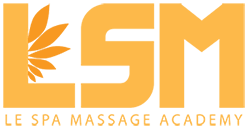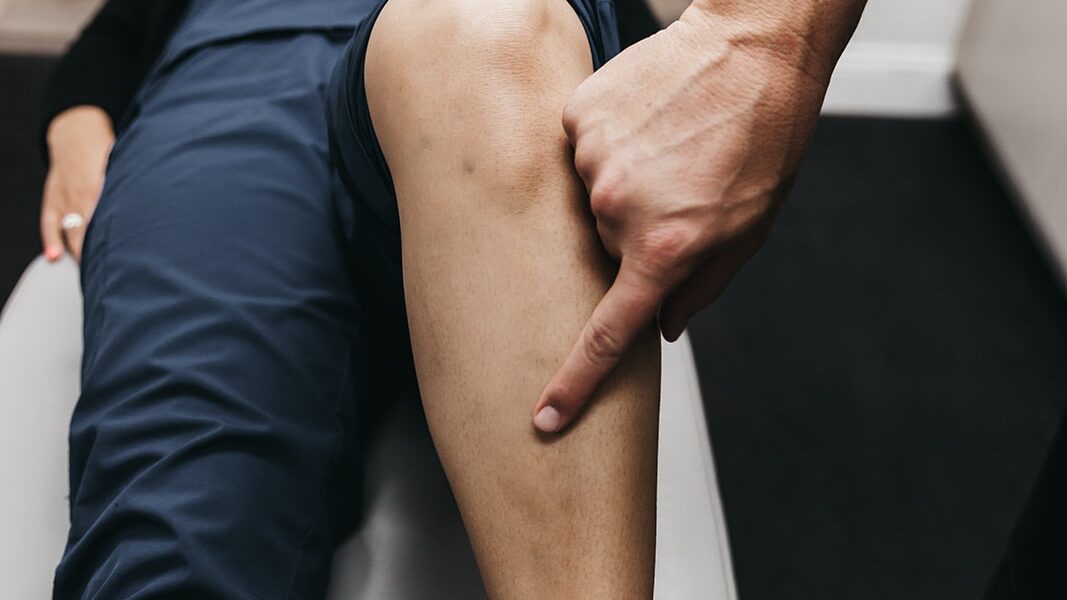What is shin splints?
Shin splints is the pain described along the shinbone, especially concentrate on lower leg from knee to ankle. The pain is caused by muscle tendons inflammation around the lower leg.
Shin splints are common in people who participate in moderate to heavy physical activity, such as runners, dancers. Also people are more likely to increase risk of spin splints when they engage in some activity for example tennis, soccer, and basketball.
The pain intensity of shin splints can be severe that you may need to stop the activities or change your exercise routine. As the repeated pounding and stress on the bones, muscles and joints of the lower leg avoid body natural healing which is called cumulative stress disorder.
What cause shin splints?
The causes of shin splints are overuse and overwork of your lower leg muscles and tissue. Doing too much exercise beyond your level of fitness
Incorrect technique (inappropriate exercises): poor running form, rolling the feet inwards
High impact activities: can injure the shin muscles.
Running shoes: wearing wrong types/ size of shoes or unsupportive shoes can strain muscle and tendons
What are common symptoms of shin splints?
People experience shin splints may have some symptoms:
- Dull ache in shinbone (lower legs)
- Pain during the exercise
- The area is tense and sore to touch
- Inflamed and red skin
- Swelling in lower leg
- Numbness and weakness in the lower legs
What treatments are recommended for shin splints?
- Taking a rest
- Using icepack to apply on the area
- Taking anti-inflammation pain killer
- Wearing supportive shoes
- Reducing intensity of heavy activities
- Remedial Massage. Book an appointment now (stretching and massaging the calf muscle)
The benefits of massage for shin splints:
The shin-related muscle are deep muscle of the lower leg, so remedial, myotherapy and deep tissue massage are recommended as they can reach and treat more efficiently with deeper muscles. They help to stretch muscles, release tightness, and trigger points.
With Le Signature technique, we combine myofascial therapy to develop circulation of blood flow and lymph to enhance healing process.
How to avoid shin splints?
- Stretching your calves and hamstring
- Reduce heavy physical activity (appropriate exercise)
- Strengthen your muscle with specific exercise
- Cross-train with low-impact activity such as swimming, walking or cycling
- Wear proper running shoes.
- Get a regular massage to release pain, trigger point and muscle tenson

